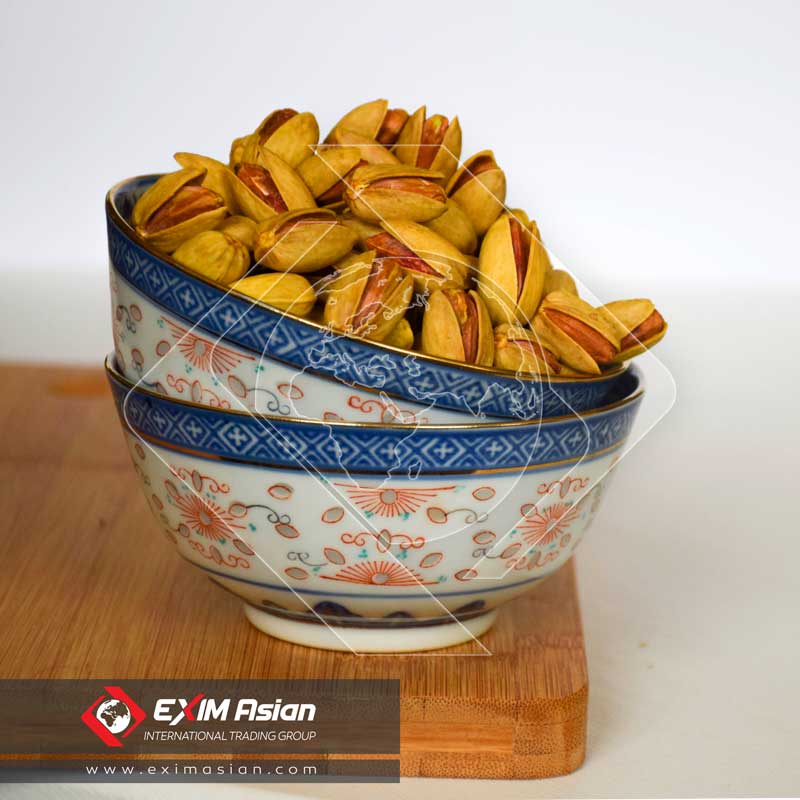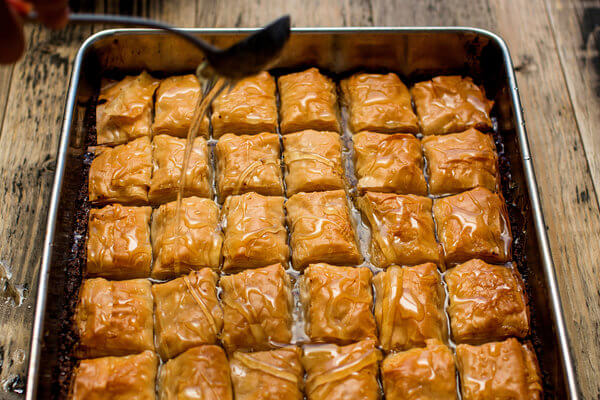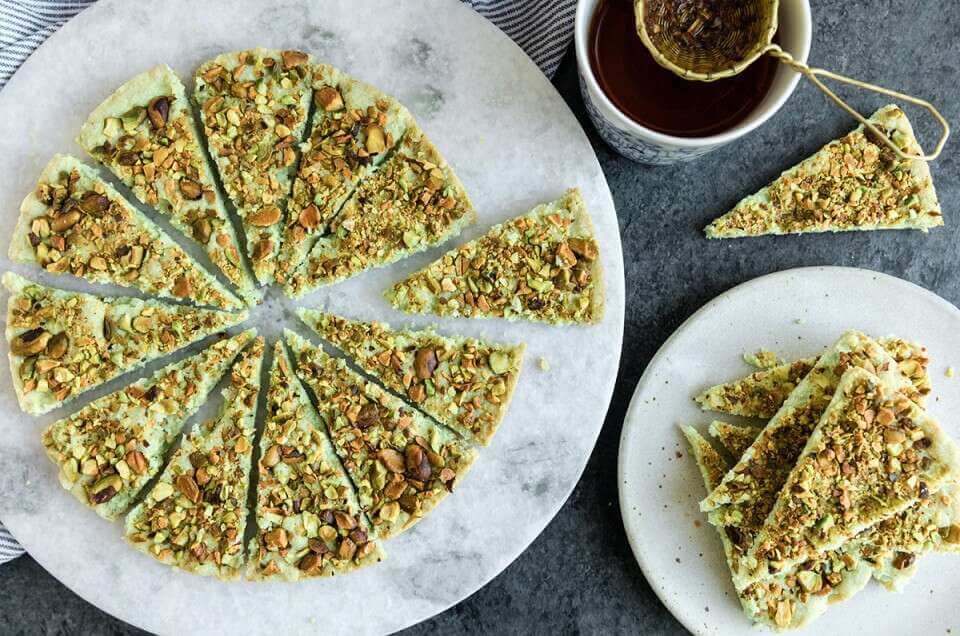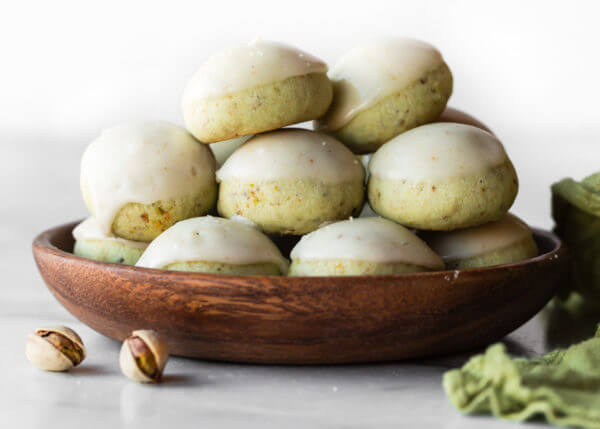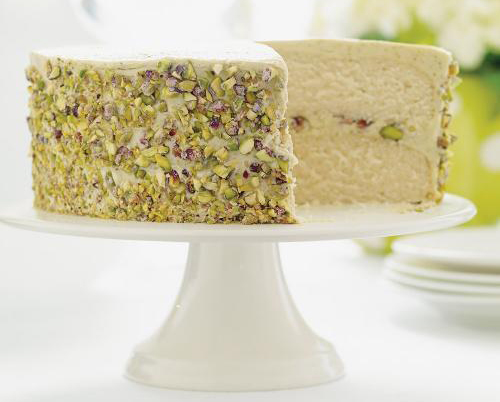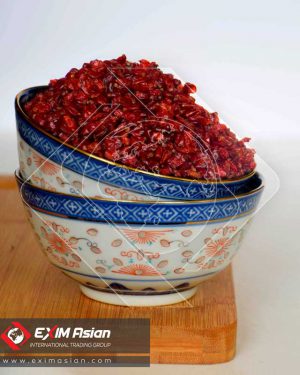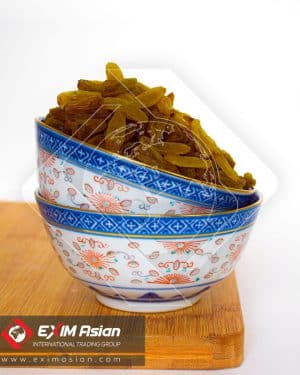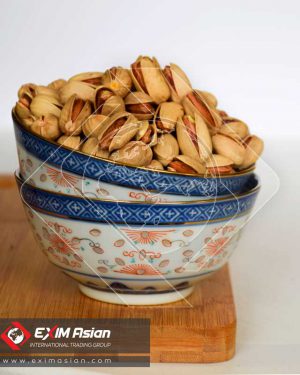Description
Pistachio Specifications
Item | Value |
|---|---|
Type | Naturally Opened Pistachio |
Processing Method | Natural Pistachio
Closed Pistachio Mechanically Opened Pistachios Roasted and Salted Pistachios Roasted Pistachio Roasted and Salted Pistachio with added lime |
Cultivation Type | Organic, in Open Air |
Smell | Naturally Pistachio’s Aroma Without Foreign Odor |
Taste | Raw, Salty |
Consistency | Firm, non-sticky |
Shelf Life | 12 months |
Place of Origin | Iran |
Order Information (Payment, Packaging & Delivery)
Item | Value |
|---|---|
Min Order | 100 kg |
Sample Submission | Available |
Payment Method | LC, Advanced Payment |
Certificates | ISO 9001, ISO 22000, HACCP |
Lead Time | Est. Time for Quantity less than 1 Tons = 7 days
Est. Time for Quantity more than 1 Tons = 18 days |
Bulk Packing | Our Regular: Plastic bag in 10 kg cartons
Available: other packages according customer inquiry |
Retail Packing | 400 gr Packages |
Each box is properly and legibly marked.
- Information on Carton: Packer Name & Address, Nett Weight
- Information on label: Product, Weight, Lot number, Packing code, Packing date
What is Pistachios?
Pistachio is a slow-growing tree, taking 5 to 6 years to produce the first crop of nuts. The first harvest is very low. Pistachio is alternate bearing meaning that the tree can produce one year a heavy crop, followed with a lighter crop the next year. Good irrigation and good pruning practices can reduce alternate bearing, but not avoid it completely. Male and female flowers are born on separate trees; a female tree planted alone will not produce nuts unless the male tree is growing nearby. For best pollination, plant a male upwind of every 10 to 15 female trees. They are currently being cultivated in large scale in the orchards in the Iran, USA, Greece, Turkey, Syria and China.
Top Ten Pistachios Producing Countries
Country | Production |
|---|---|
Iran | 38 % |
United States | 36 % |
Turkey | 10 % |
China | 6 % |
Syria | 4 % |
Greece | 2.3 % |
Italy | 1.5 % |
Afghanistan | 1 % |
Tunisia | 0.7 % |
Spain | 0.5 % |
Top Ten Pistachios Consuming Countries
Country | Consumption (MT) |
|---|---|
Turkey | 130,000 |
United States | 94,000 |
Iran | 50,000 |
China | 36,000 |
Syria | 20,000 |
Germany | 15,000 |
Italy | 11,000 |
Spain | 8,500 |
India | 8,500 |
Belgium | 8,000 |
Top Pistachios Exporting Countries
Country | Exportation (MT) | United States | 225,000 |
|---|---|
Iran | 185,000 |
Syria | 24,000 |
Turkey | 5,000 |
European Union | 1,000 |
Type of Pistachios
Akbari (Super Long pistachio)
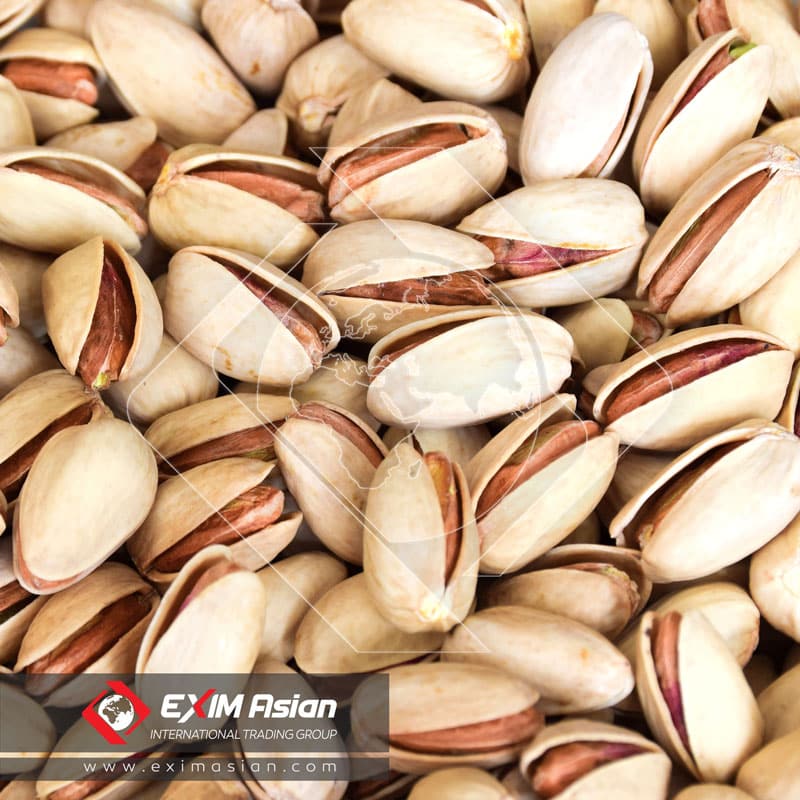
Akbari belongs to the long type of Iranian pistachios and has the highest economic value among four varieties. Akbari has the highest shape index (longest) and the most common character to identify this type is that the height of head and end of pistachio are nealy the same. Akbari is also the easiest to open pistachio variety.
Available Sizes (pcs/oz): 18-20, 20-22, 22-24, 24-26
Ahmad Aghaei (Long pistachio)

The newest commercial variety, very popular with the farmers, because of high yield and a short time to reach production. The most common character to identify this type is that the shape is long but the length of each piece is different . It also has the whitest shell hue among the four. Production of this variety is increasing. This type is the most favorable type in eastern Asia in particular China and India.
Available Sizes (pcs/oz): 22-24, 24-26, 26-28, 28-30, 30-32
Fandoghi (Round Pistachio)
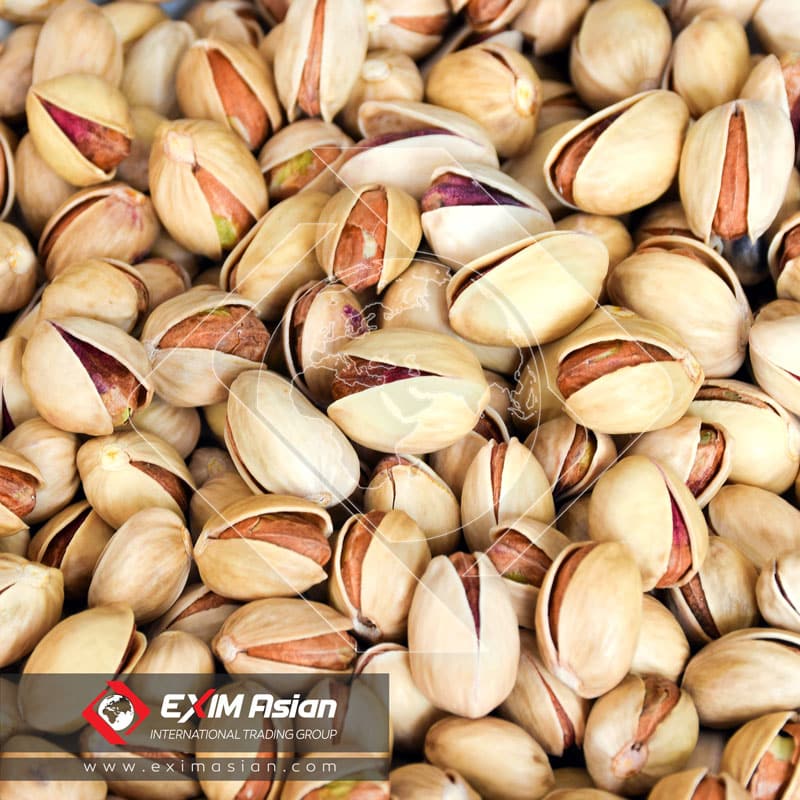
Round pistachio (Fandoghi in shape and appearance) is smaller than other kinds of pistachio and larger than hazelnut. Because of its small size, the number of Round pistachios in one kilogram is more than other types therefore it is more economical and has the largest volume for export. Round pistachios are great in protein and nutritional value.
Available Sizes (pcs/oz): 26-28, 28-30, 30-32, 32-34
Iranian National Standards Organization
Natural Open Pistachio – Specifications: INSO 15 (5th Revision Feb 2014)
Pistachio kernel Specifications and test methods: INSO 218 (5th Revision Feb 2013)
Kaleh Ghochi (Jumbo pistachio)
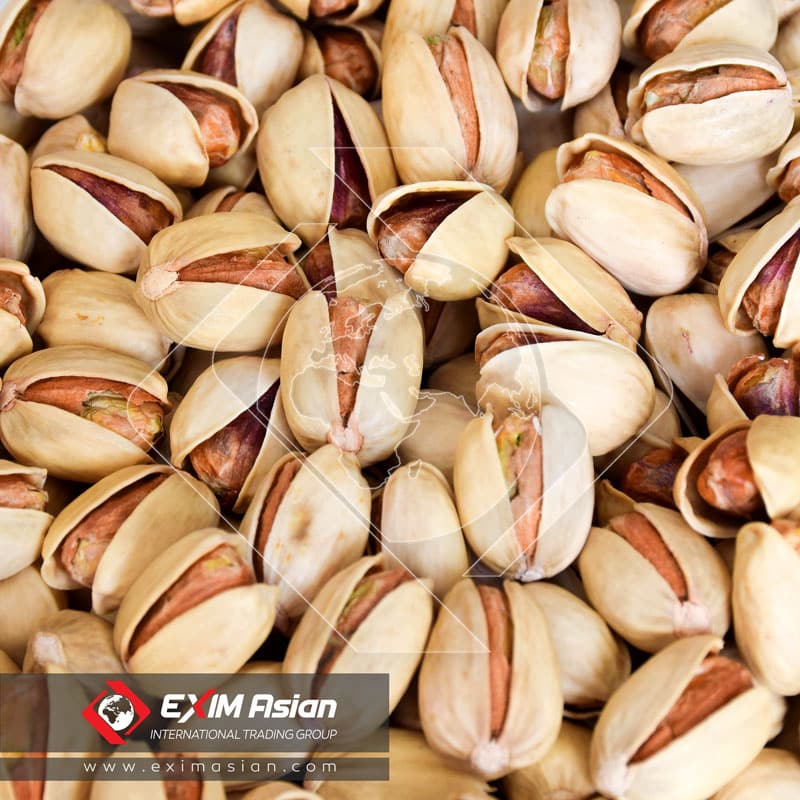
The local name is derived from the shape of this type which looks like rams head. This cultivar is famous for being large. In fact, jumbo pistachios are larger and longer compared to round pistachios. The unique taste of this pistachio is due to its high-fat volume. Kallehghochi pistachio has a long history in cultivation as it’s been growing for more than 4000 years. The present distinguished excellent situation of Iranian jumbo pistachio is the result of Iranian farmers and growers perfect ability. Existing researches show, more than 70% of worlds total jumbo pistachios production is in Iran which in same years touched peak annual production of 150,000 m/t.
Available Sizes (pcs/oz): 18-20, 20-22, 22-24, 24-26, 26-28
Benefits
Among the possible health benefits of pistachios:
- High levels of unsaturated fatty acids and potassium. Both have antioxidant and anti-inflammatory traits.
- They can lower your chances for cardiovascular disease.
- B-vitamins (B1, B6 and Folate) are necessary to fight off infection.
- Zinc, magnesium and selenium may lower the risk and severity of viral infections.
- Protein can strengthen the immune system by helping to maintain healthy immune cells, which are responsible for eliminating damaged cells, bacteria and viruses.
- Their fiber can make you feel fuller for longer. This fiber can also have a positive effect on your gut by aiding “good” bacteria. They can help you manage your weight since they’re a nutritious and satisfying snack. This may help you eat less overall and lose weight. Buying pistachios in their shells slows down your eating.
- Some studies suggest that eating pistachios lowers the amount of fat and sugar (glycemic index) in your blood, as well as improves the flexibility and tone of your blood vessels. Pistachios are bursting with the fiber, minerals, and unsaturated fat that can help keep your blood sugar, blood pressure, and cholesterol in check.
Pistachio Nutrition Facts
Serving Size: In 100 Grams
Nutritional Info | Value |
|---|---|
Total Carbohydrates | 27.2 gr |
Dietary Fiber | 10 gr |
Sugars | 7.2 gr |
Protein | 21.4 gr |
Total Fat | 45.8 gr |
Saturated Fat | 5.7 gr |
Trans Fat | 0 gr |
Sodium | 429 mgr |
Potassium | 1001 mgr |
Cholesterol | 0 mgr |
Vitamin A | 5.7 % |
Vitamin C | 5.7 % |
Calcium | 8.6 % |
Iron | 22.9 % |
Calories | 572 |
Type of Processed Pistachios
We have all the types of Processed Pistachios; Raw, Salted and Roasted. We also have Kernel, Green Peeled Kernels, Green Kernel Silvered, Green Powder, Chopped (Granola or Diced) and Pistachios Paste.
Pistachios Kernel
Green Peeled Pistachios Kernels
Green Pistachios Kernel Slivered
Pistachios Kernel
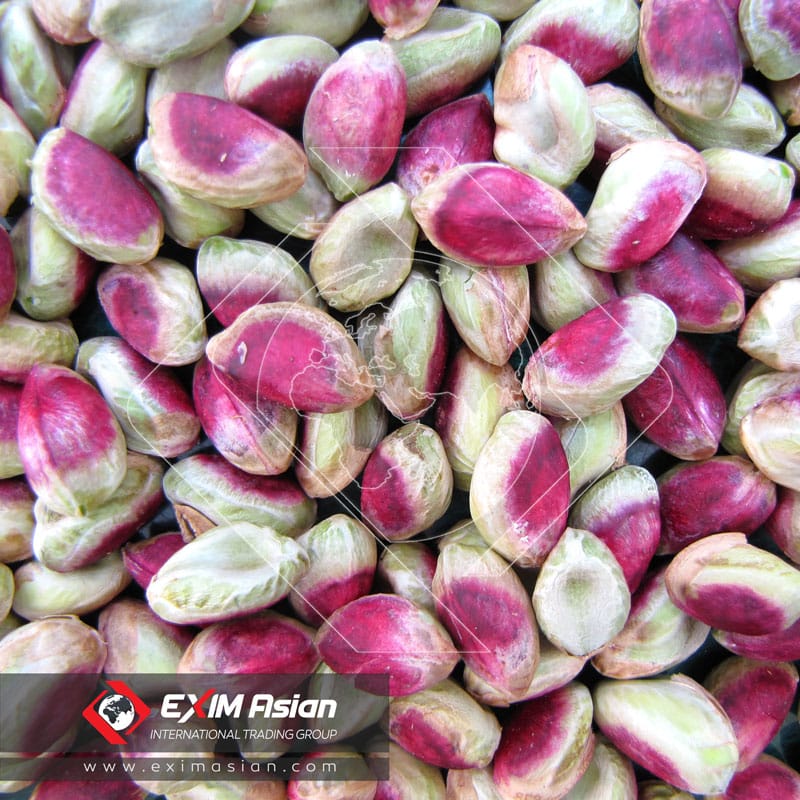
Green Peeled Pistachios Kernels

Green Pistachios Kernel Slivered
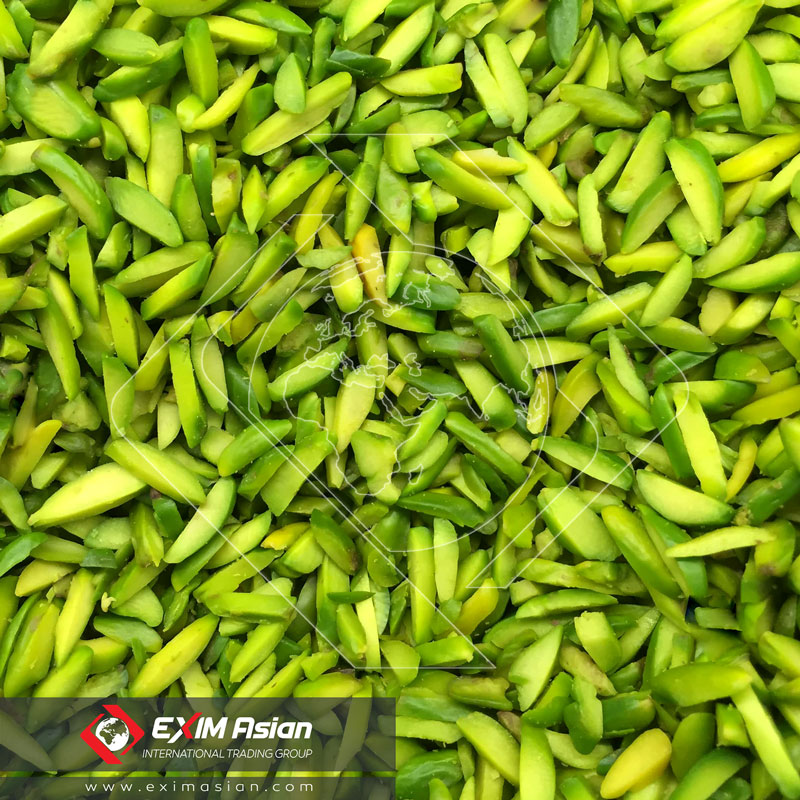
Green Pistachios Powder
Chopped Pistachios
Pistachio Paste
Green Pistachios Powder
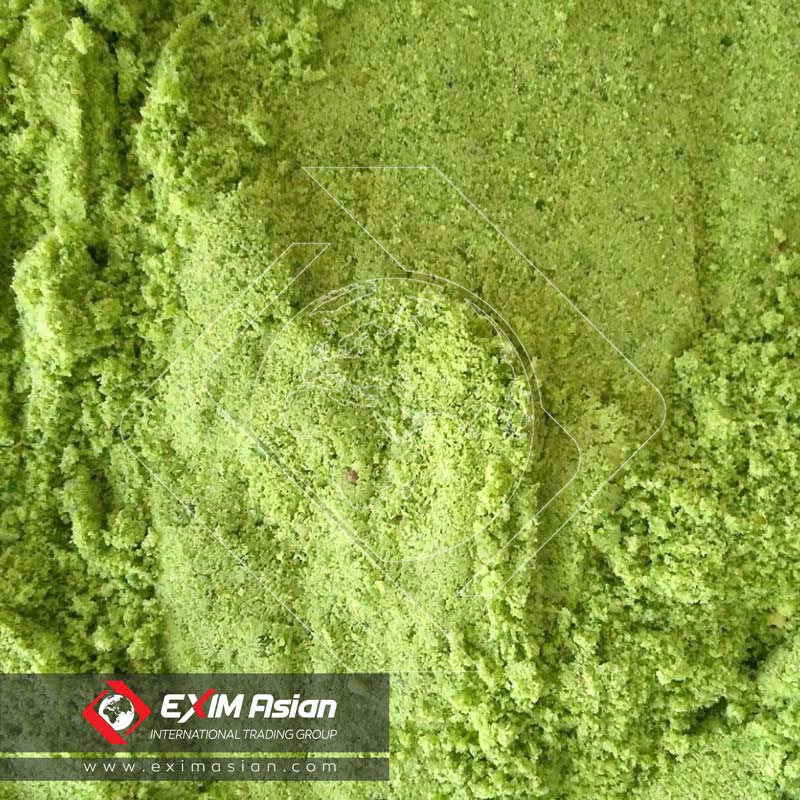
Chopped Pistachios
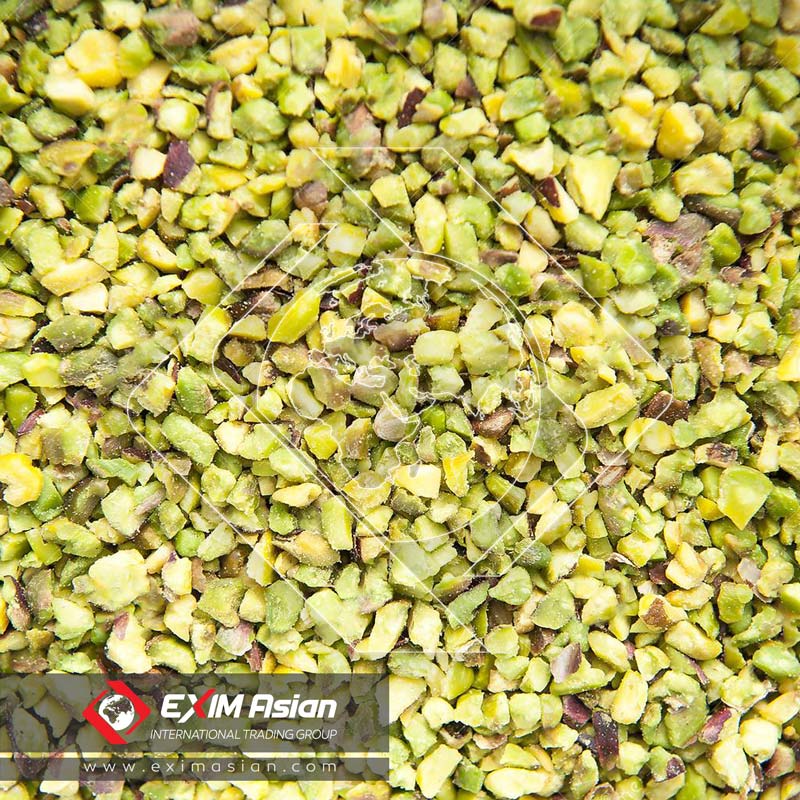
Pistachio Paste
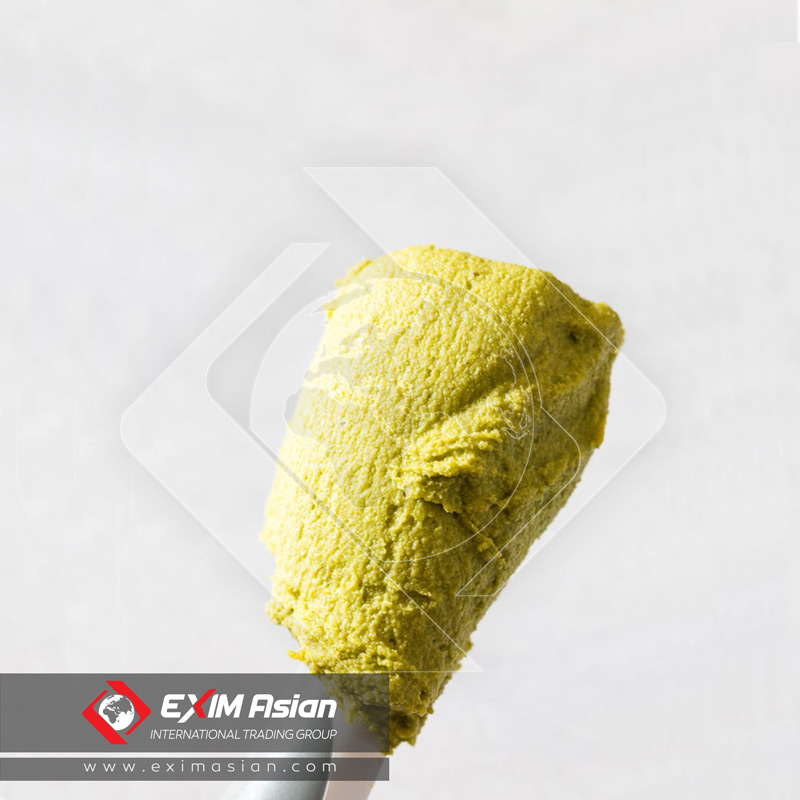
History & Trade
Most experts agree that pistachios probably originated in Central Asia (Middle East). Most pistachios production occurs in countries with arid climate. Iran, Turkey, Afghanistan, Italy, and Syria are the principal pistachio producing countries, outside the United States. The USDA Plant Introduction Department introduced the tree in California about 1904, but it was not promoted as a commercial crop in California until 1929.
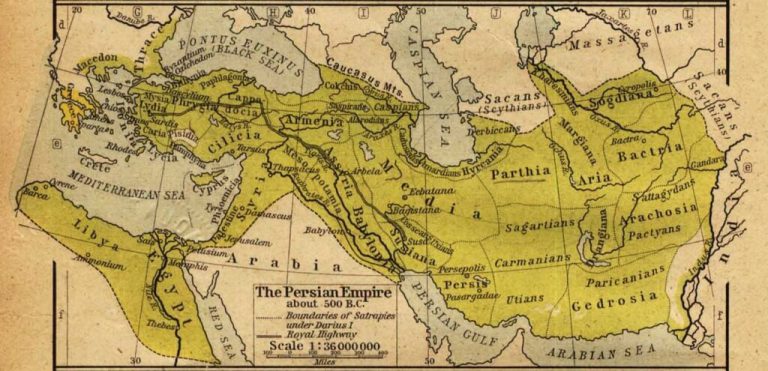
Agriculture
Pistachio trees grow in poor soil where other trees will not survive, what is important to their survival is the proper climate. Pistachio trees flourish in hot dry summer weather and prefer cool winters, and would not survive in humid or damp areas. It takes five to eight years to begin bearing some fruit and it is not until the 15th and 20th year that they reach maturity and bear fully. Alternate years produce a heavy crop. The trees develop a brownish green flower in spring and ripen in late summer or early autumn. The pistachios then split open along their seams.
Harvesting pistachios takes place in the late summer or early autumn when the hulls that cover the shell become loosened from the nut and obtain a reddish color. The outer hulls are then quickly removed in order to preserve the white appearance of the shells and prevent staining.
Storage Tips
For keeping pistachios, you can place them in resealable bags and store in the pantry. For a longer storage period, place pistachios in an airtight container in the refrigerator or freezer. Unshelled nuts may be stored for one year in the refrigerator or up to two year in the freezer.
Usage & Recipes
One of the most popular ingredients in Middle Eastern cooking they’re extremely nutritious and versatile being used in everything from snacks and salad toppings through to sweet treats such as cakes, ice creams, Baklava and Nougat.

